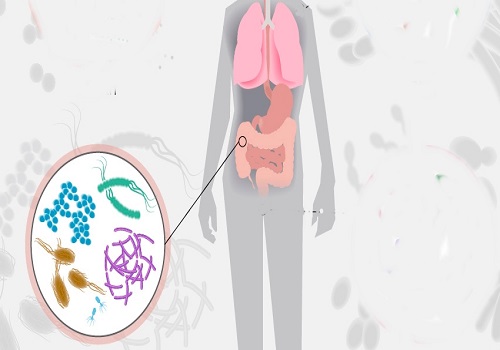New antibody may help fight multiple forms of flu virus

Follow us Now on Telegram ! Get daily 10 - 12 important updates on Business, Finance and Investment. Join our Telegram Channel
Researchers have identified a previously unrecognised class of antibodies -- immune system proteins that protect against disease -- that appear capable of neutralising multiple forms of flu virus.
A flu vaccine prompts the immune system to make antibodies that can bind to a viral protein called hemagglutinin on the outside of an invading flu virus, blocking it from entering a person's cells.
Different antibodies bind to different parts of hemagglutinin in different ways, and hemagglutinin itself evolves over time, resulting in the emergence of new flu strains that can evade old antibodies.
New flu vaccines are offered each year based on predictions of whatever the most dominant strains will be.
Extensive research efforts are paving the way to development of flu vaccines that are better at protecting against multiple strains at once. Many scientists are focused on antibodies that can simultaneously protect against flu subtypes known as H1 and H3, which come in multiple strains and are responsible for widespread infection.
The team from University of Pittsburgh in the US homed in on a particular challenge in this endeavour -- a small change found in some H1 strains in the sequence of building blocks that makes up hemagglutinin.
Certain antibodies capable of neutralising H3 can also neutralise H1, but not if its hemagglutinin has this change, known as the 133a insertion.
Now, in a series of experiments conducted with blood samples from patients, the researchers have identified a novel class of antibodies capable of neutralising both certain H3 strains and certain H1 strains with or without the 133a insertion.
Distinct molecular characteristics set these antibodies apart from other antibodies capable of cross-neutralising H1 and H3 strains via other means.
This research, published in the open access journal PLOS Biology, expands the list of antibodies that could potentially contribute to development of a flu vaccine that achieves broader protection through an assortment of molecular mechanisms.
It also adds to growing evidence supporting a move away from flu vaccines grown in chicken eggs -- currently the most common manufacturing approach.
"We need annual influenza virus vaccines to keep pace with continuing viral evolution. Our work suggests that the barriers to eliciting more broadly protective immunity may be surprisingly low," said Holly Simmons from the University’s School of Medicine.
“Given the right series of influenza virus exposures/vaccinations, it is possible to for humans to mount robust antibody responses that neutralise divergent H1N1 and H3N2 viruses, opening new avenues to design improved vaccines,” Simmons added.












 320-x-100_uti_gold.jpg" alt="Advertisement">
320-x-100_uti_gold.jpg" alt="Advertisement">








